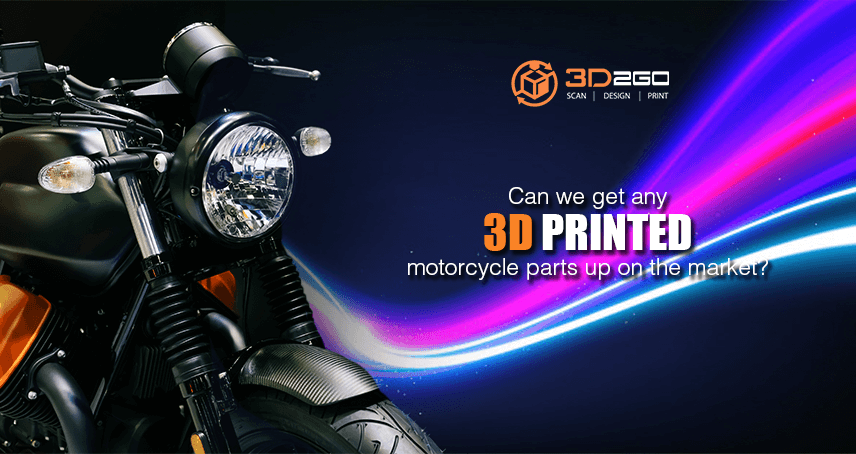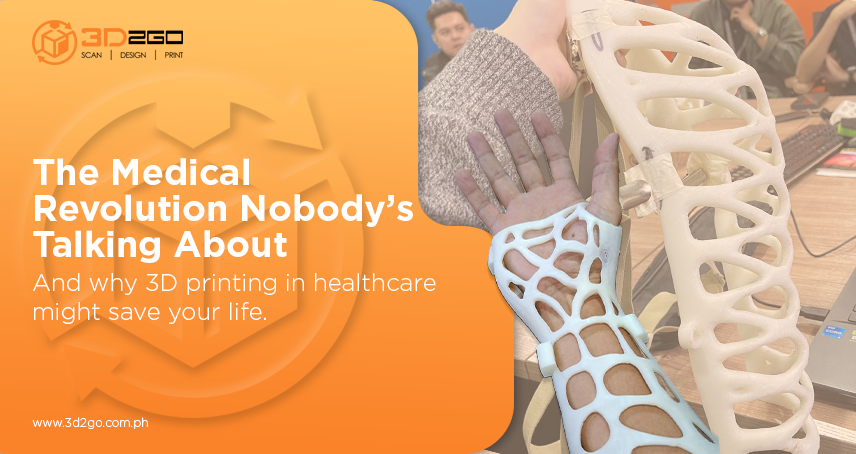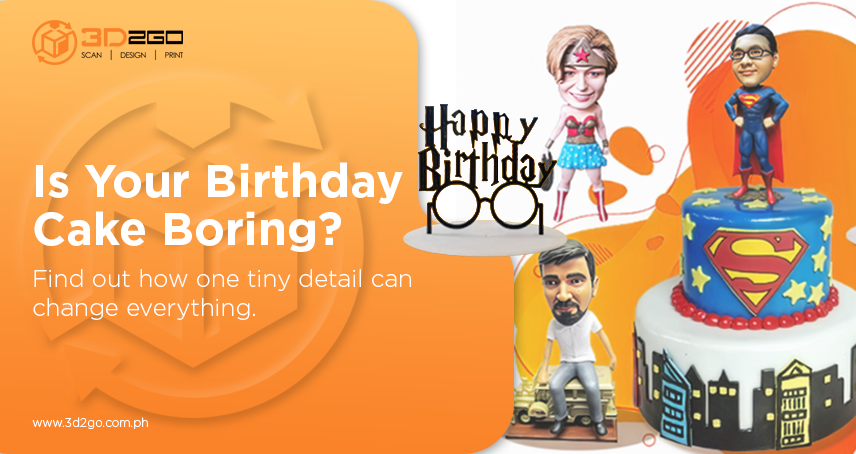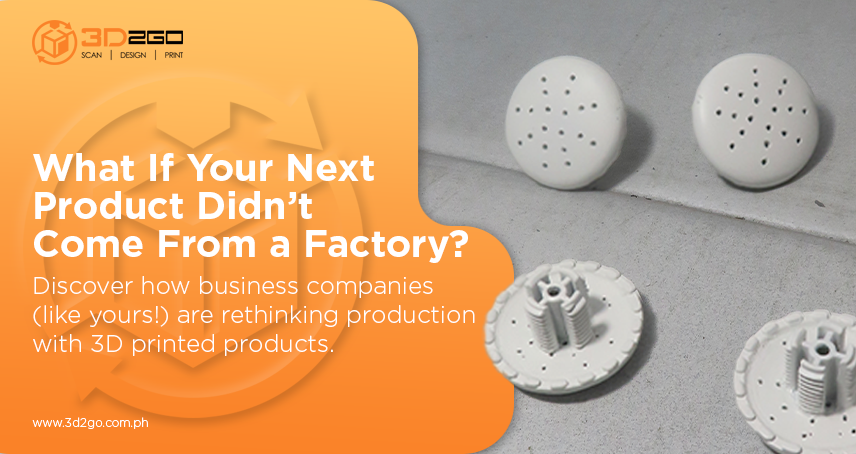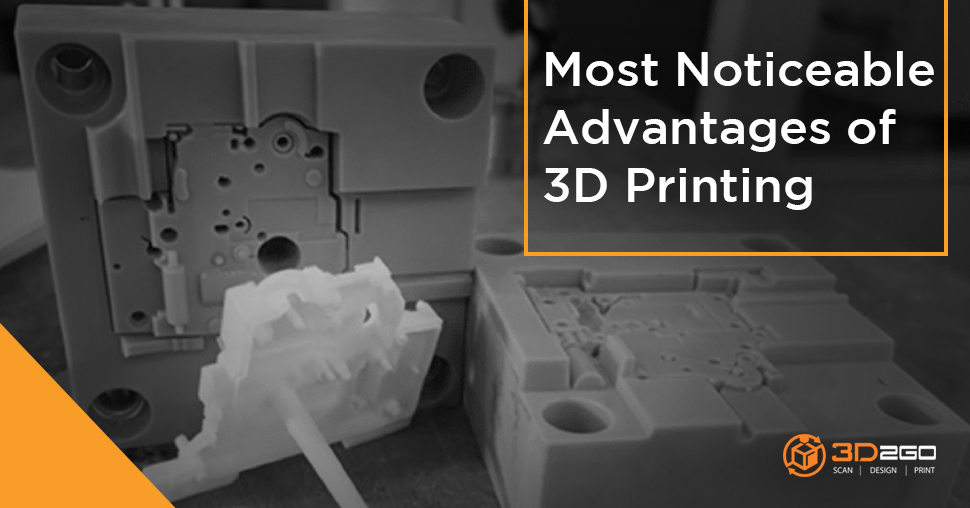
What Are the Major Advantages of 3D Printing?
June 4, 2022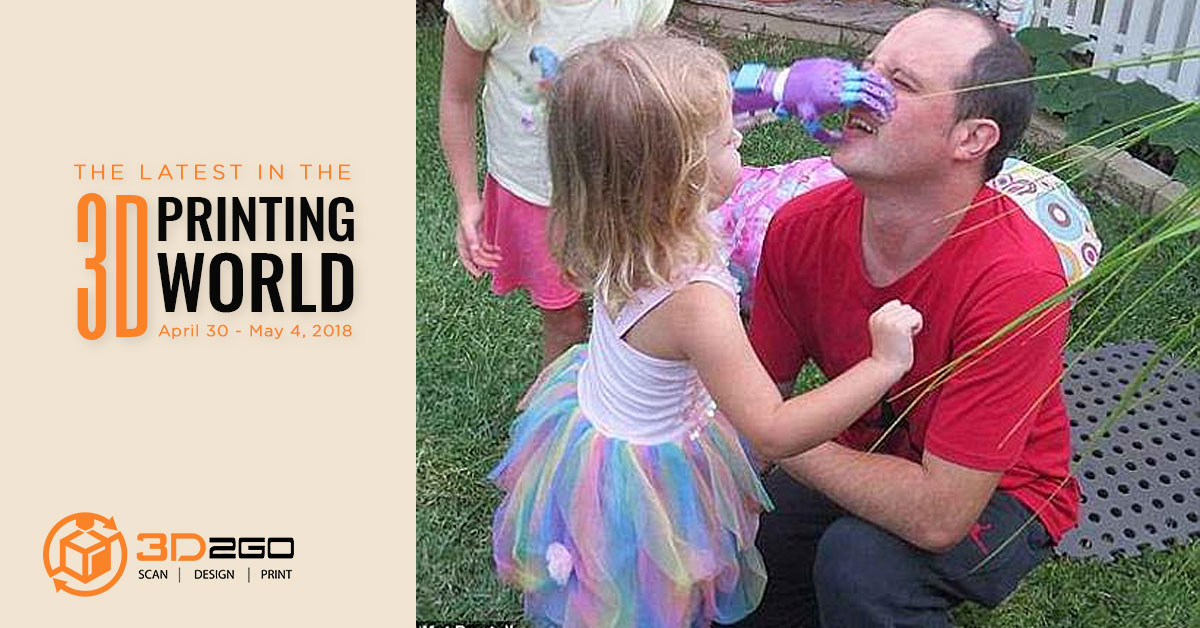
Industry news: Engineer Dad, 3D Printing Changing Treatment OF Heart Disease, And Many More
June 4, 2022How small can we go with 3d printed motorcycle parts
Modern motorcycles have been getting all kinds of fancy features. Some might have extra options like a fuel gauge or even ABS if you’re willing to spend extra, but a good percentage of them have the bare minimum equipment required by law. That equipment is outdated and ripe for some improvements too. One example of this is the ergonomic custom turn signal switch built with custom latching switches.
Motorcycle turn signals don’t self-cancel like car signals do. Cyclists usually have to push an inconveniently tiny button. This assembly consists of four separate switches, two of which control the left and right turn signals. Since both can’t be on at the same time, they include circuitry that can detect their position and a small motor that can physically de-latch them if the other one is pressed. The entire assembly is 3D printed, including the latching mechanism. They are tied together with a small microcontroller for the controls.
The truly impressive part of this build is the miniaturization since all four buttons have to be reached with the thumb without removing the hand from the handlebar. And, if you need more ergonomic improvements for your motorcycle there are also some options for cruise control as well.
Here at 3D2GO, we have end-to-end services. And yes, this includes motorcycle parts. We can replicate the exact same part or we can customize if you are designing its exterior.
3D printed motorcycle modifications
Modifications aren’t necessarily evil or a bad decision. Sometimes they are artistic additions to the bike and they turn the two-wheels vehicle into a collector’s item. Artists change the look and the style of the bike, making them an expression of their own taste and personality.
These contribute to the fact that 3D printing in general does not come cheap. But these technologies create high quality products.
Stereolithography (SLA)
Used for creating:
- Models
- Prototypes
- Patterns
- Production parts
These are being printed in a layer-by-layer fashion using photochemical processes. The light causes chemical monomers and oligomers to cross-link together to form polymers. Those polymers then make up the body of a three-dimensional solid. Focuses on ultraviolet (UV) laser onto a vat of photopolymer resin. With the help of CAM or CAD software, the UV laser is being used. A pre-programmed design or shape is then drawn on the surface of a photopolymer vat.
Digital Light Processing (DLP)
Similar process to SLA. It also works with photopolymers. One advantage of DLP over SLA is that only a shallow vat of resin is being required for the process. Meanwhile, the difference is the light source. DLP uses a more conventional light source. Examples are:
Arc lamp with a liquid crystal display panel
Deformable mirror device (DMD)
It is then applied to the entire surface of the vat of photopolymer resin in a single pass.
Laser Sintering / Laser Melting
Interchangeable terms that refer to a laser-based 3D printing process. It works with powdered materials. But high temperatures are usually required for laser sintering. This results in cooling times being considerable. Porosity is also a historical issue. Laser sintering can process plastic and metal materials. But, metal sintering requires a much higher powered laser and higher in-process temperatures. Parts are much stronger than with SLA or DLP.
Fused Deposition Modelling (FDM)
Extrusion of thermoplastic material is easily the most common process. The process works by melting plastic filament. It is being deposited via a heated extruder. One layer at a time is being printed onto a platform according to the 3D data supplied to the printer. Each layer then hardens. Lastly, it bonds to the previous layer. This process requires support structures for any applications. Breakaway support materials are also possible. These are then removed by manually snapping them off the part. The process can be slow for some geometries. Layer-to-layer adhesion can also be a problem. But post-processing using Acetone can resolve these issues.
Selective Deposition Lamination (SDL)
One of the very few 3D printing processes that can produce full-color 3D printed parts. It builds parts layer by layer using standard copier paper. Each new layer is then fixed to the previous layer with an adhesive. The adhesive is then applied according to the 3D data supplied to the machine. Then a new sheet of paper is then fed into the paper feed mechanism. It is being placed on top of the applied adhesive on the previous layer. The build plate is then moved up to a heat plate and pressure is being applied. This pressure ensures a positive bond between the two sheets of paper. The build plate then returns to the build height. It is where an adjustable Tungsten carbide blade cuts one sheet of paper at a time. It traces the object outline to create the edges of the part. Then a cutting sequence takes place. Lastly, the 3D printer deposits the next layer of adhesive and so on until the part is complete.
Electron Beam Melting (EBM)
Process in terms of the formation of parts from metal powder. The heat source uses is from an electronic beam. This procedure is being carried out under vacuum conditions. EBM has the capability of creating fully dense parts in a variety of metal alloys. The technique has been particularly successful for a range of production applications. The most known example is for medical implants.
Quality 3D printed motorcycle parts at 3D2GO
You might be wondering why it is quite expensive. It’s not only because it is being customized. Though it’s one common reason, we also consider other factors.
To give you the best output, we use quality equipment. Softwares and programs are being trusted by other companies in the industry.
Just get in touch with us and leave us a quote,
Send us files in .obj or .stil format in our email address management@my3d.com.ph. You can also reach us through our Facebook and Instagram pages today!


